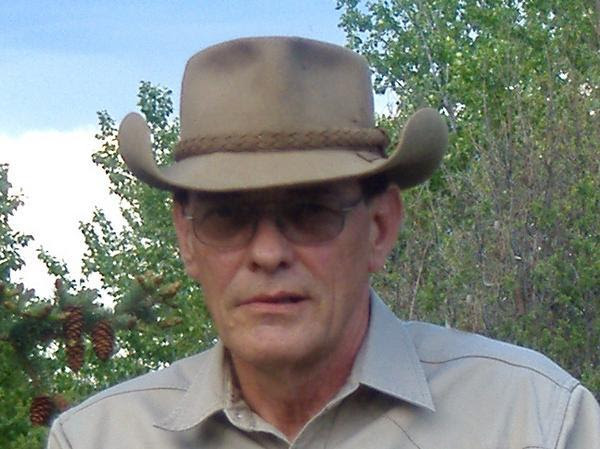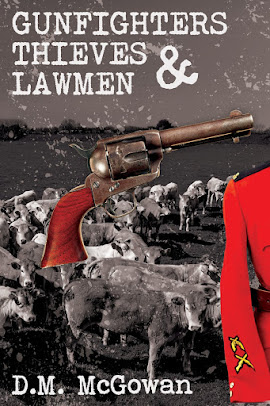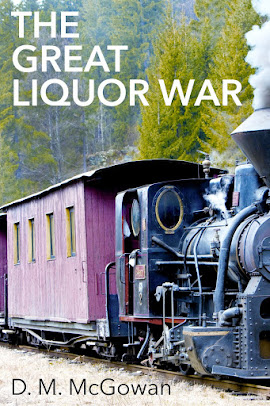Is it not about time I finish
this story?
Yes, the Mounted Police had left Dufferin on July 8 but
on the afternoon of July 24th they had only made it to La Roche
Percée less than a third of the distance the Commissioner expected to travel
that summer. The trail behind them was already littered with broken wagons and
carts and the many oxen and horses that had succumbed to hunger and fatigue.
It must be acknowledged that they really only knew the
distance they had travelled and not how much more trail lay in front of them.
Due to the excellence of the maps French had and his inability to listen to
anyone, they didn’t really know how far they where going. Nor could they guess
about the weather they would experience, the land and vegetation or shortage of
water.
The “westernized” horses and mustangs were faring
marginally better than the “proper” horseflesh that had been purchased and
imported from Ontario Eastern US . Unlike
the “high-bred” animals the mustangs could almost manage on a diet of prairie
grass and some oats but they too where being over-worked and needed rest.
Seeing the state of the animals Colonel French sent Colonel MacLeod for more
oats which helped but what the expedition really needed was to move slower,
haul less freight or have more animals that could be traded out to off-duty
status every few days.
During their sixteen days of travel they also discovered
that their “walking larder” was, instead of the benefit envisioned by French, a
millstone slowing their progress. In all that time two beef had been butchered
and the result was that every man suffered from Diarrhea sever enough that it
could have caused a death. Those who had travelled in the west, including the
Métis who accompanied them and the Doctors both with the troupe and in Dufferin
predicted the result of eating beef from animals that where being worked but
French didn’t listen.
It was while they rested at Roche Percée that Colonel
French made decisions that would greatly affect the type of livestock found in Western Canada in the years to come. First he sent his “walking
larder”, the now 52 cows and 11 bulls along with more than a dozen calves that
had been born on the trail east and north to Fort Ellis Fort Edmonton
Having made that decision he then turned to the horses
and their sorry state. He separated the better mounts – which, surprise,
surprise, proved primarily to be the western animals and “ratty little
mustangs” – and kept those for the troupe continuing west. Since French
expected Jarvis’ troupe would have no trouble making Fort Ellis
Some of this equipment had to be retrieved the following
year.
There where
immediate advantages for both the men and their commander in these decisions. The
primary and most welcome change for the men was that they were now, after yet another
trip by Colonel MacLeod, eating pemmican. Had they started out on such supplies
they may have been in much better health on July 24th and at the end
of their trip that autumn.
French also sent most of the Métis back with the Jarvis
troupe. He had found them to be far too independent, ignoring his orders in
some cases but now and then acting counter to his orders. He did however keep a
few of the guides which may not have been wise.
In a general sense Inspector Jarvis and his men managed
to complete their mission. Upon arrival in Fort Ellis Fort Ellis Fort Edmonton
Upon arrival in Edmonton Hudson North
Saskatchewan ) from Fort Edmonton Fort Saskatchewan
In the meantime the main body of Mounties far to the
south did make it to what is now Southern
Alberta . They confronted a
few well built and some ram-shackle whiskey forts, closed them down and
destroyed them. They established Fort MacLeod Fort Calgary Fort Walsh North
West Territories
The trek west wasn’t truly over when Commissioner French
resigned. He and the new commissioner, Colonel MacLeod and a few troopers rode
south to Billings Montana Billings
One of those who supplied horses was Jerry Potts, known
by his mother’s people (the Kainai of the Blackfoot Confederacy) as Bear Child.
He became THE guide for the Mounted Police and, eventually, an Auxiliary
Constable. In this writer’s opinion Jerry Potts and Colonel James MacLeod are
the two men primarily responsible for the initial survival of what was to
become the Royal Canadian Mounted Police.
In the beginning the N.W. Mounted Police livestock and
thus the horses and cattle brought into the Territories were a mixed lot. The
cows and bulls that started with the trek and mostly wound up in Fort Saskatchewan Hereford Billings
These where the types of livestock to be found in
Canada’s North West Territories when cattle and horse began coming in from
Oregon, British Columbia and Montana as outlined in earlier posts.
Cattle came to British Columbia
Colonel MacLeod resigned as Commissioner after 3 years of
service but remained a Crown Magistrate.
Jerry Potts remained with the Mounted Police and received
full recognition and honours from the Force upon his death and received similar
recognition from his mother’s people.
Many of the policemen remained in the west when they left
the Force and became the cattlemen and horsemen of the Prairies. During the
North West Rebellion or Métis Rebellion of 1885 the “Rocky Mountain Rangers”
was formed to protect civilians in Southern Alberta .
About a third of the Rangers, perhaps more were former Mounted Policemen.
The influences of California Texas Europe
and Britain Canada Rockies and those to the West.







